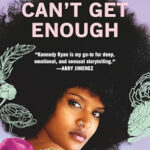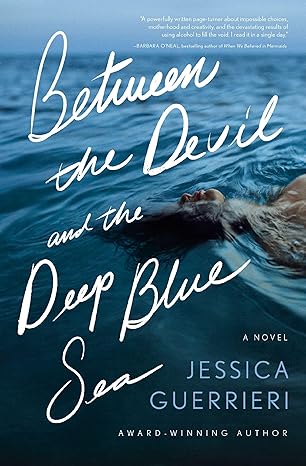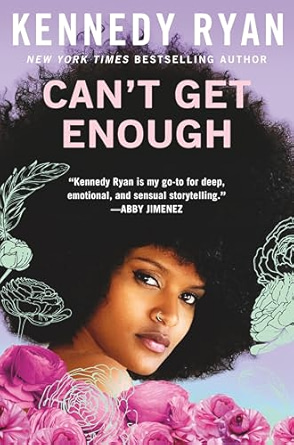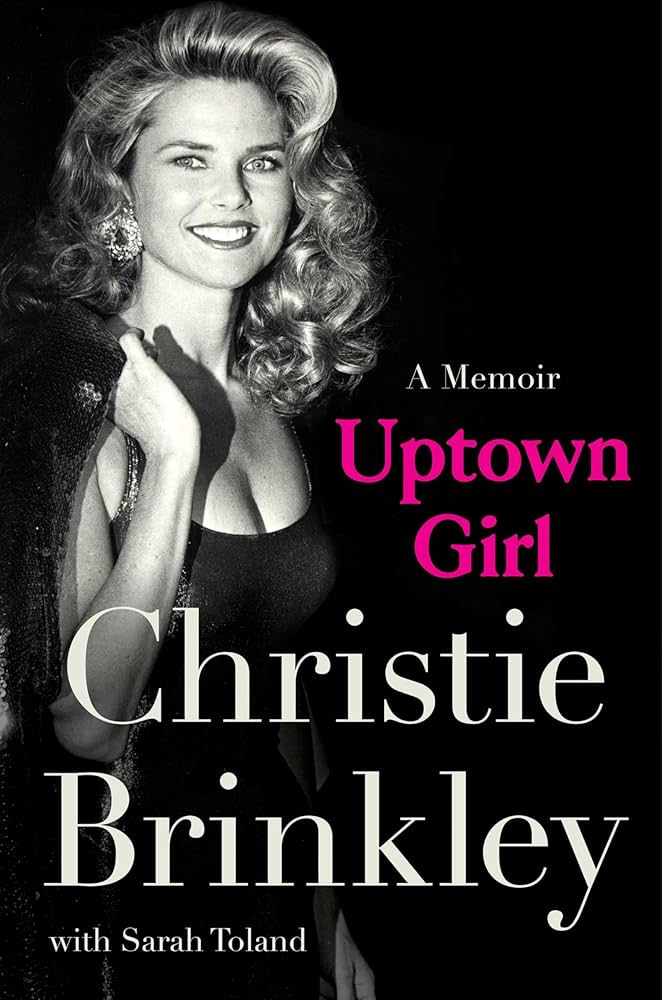I received this book for free from Review Book in exchange for an honest review. This does not affect my opinion of the book or the content of my review.
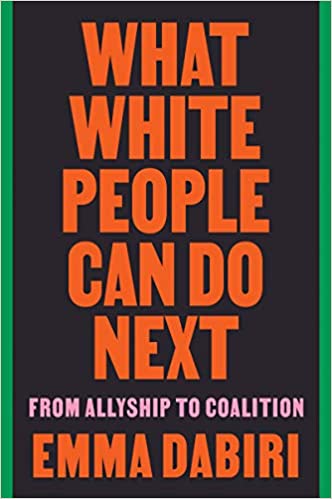 What White People Can Do Next: From Allyship to Coalition by Emma Dabiri
What White People Can Do Next: From Allyship to Coalition by Emma Dabiri 
Published by Harper Perennial on June 22. 2021
Genres: Cultural Anthropology, Ethnic Demographic Studies, Non-Fiction, Political Commentary & Opinion
Pages: 176
moreINTERNATIONAL BESTSELLER
In the spirit of We Should All Be Feminists and How to Be an Antiracist, a poignant and sensible guide to questioning the meaning of whiteness and creating an antiracist world from the acclaimed historian and author of Twisted.
Vital and empowering What White People Can ...
This book is a realistic look at racism written as a response to the killing of George Floyd and how folks had a moment of reckoning with race that followed in the summer of 2020.
I found the book an easy read, and Ms. Dabiri’s approach on the question of race, racism, and how white folks engage, a roadmap to a discussion I would hope folks would have.
Ms. Dabiri writes the book in an academic way, yet it is laid out in a format that a layperson can clearly understand her view. A view that is not rooted in a U.S. cultural context but a view from one who lives outside the U.S. simultaneously understands her audience, explaining how racism doesn’t necessarily look the same all over the world, yet it does.
I also found her thoughts on labels of “white and black” being “erased” interesting as she and other folks I know look at this labeling wrong and how it reinforces racism. In addition, she speaks to the flaws of allyship and privilege that would lead to great discussions for book clubs.
There is a lot to unpack in this 176-page book that I highly recommend.
Reviewed by: Linda C




